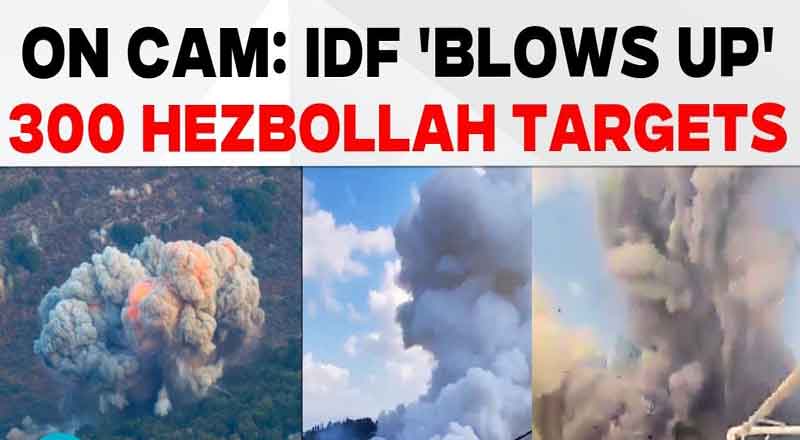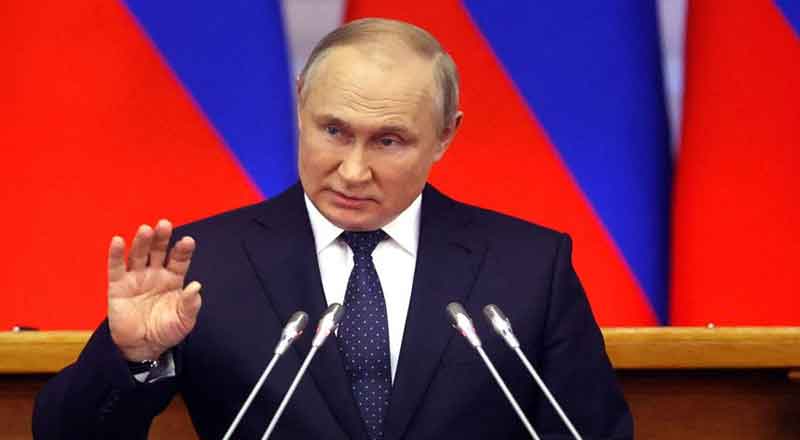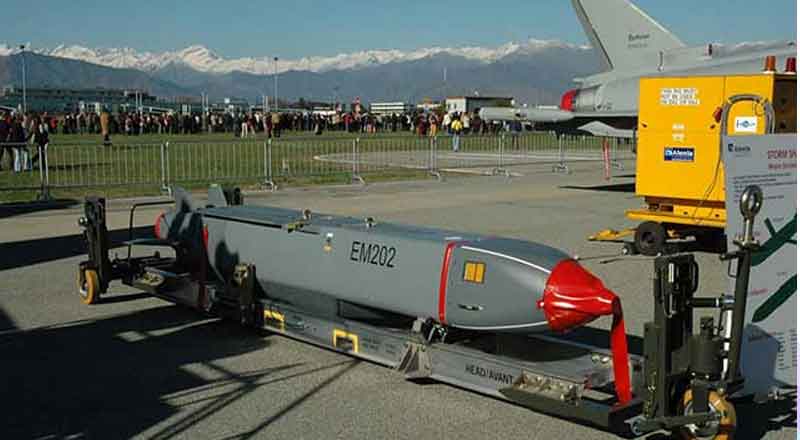Israel intensified its military offensive against Hezbollah in Lebanon, launching over 300 airstrikes on Monday. The strikes, the most widespread wave of attacks in nearly a year of conflict, targeted Hezbollah strongholds and weapon storage facilities. The Israeli Defense Forces (IDF) urged civilians to evacuate Hezbollah-controlled areas to avoid harm. These developments come as tensions along Israel’s northern border escalate, with Hezbollah firing rockets in support of Hamas, which is engaged in a separate war with Israel in Gaza.
What Sparked the Recent Strikes?
The escalation follows the death of several Hezbollah leaders in an attack involving pager and walkie-talkie devices. This led to Israeli airstrikes in Beirut last week, including one that killed Ibrahim Aqil, a senior leader of Hezbollah’s elite Radwan Force. Hezbollah retaliated by launching over 100 rockets into northern Israel, some of which landed near Haifa, as reported by Reuters.
The strikes on Monday marked Israel’s most geographically expansive bombing campaign since the conflict with Hezbollah began. This new phase of intensified fighting between the two forces has raised concerns that the conflict could spiral into a full-scale war.
Israel’s Response and Strategic Strikes
After warning Lebanese civilians to evacuate areas controlled by Hezbollah, Israel launched two waves of airstrikes targeting the Iran-backed terrorist group. The IDF stated it had hit more than 300 Hezbollah sites, including missile storage facilities and launch sites embedded within civilian infrastructure. Rear Admiral Daniel Hagari, IDF spokesperson, revealed that Hezbollah was preparing to fire into Israeli territory, prompting pre-emptive strikes.
This was the sixth round of Israeli airstrikes in southern Lebanon since Hezbollah began firing rockets into Israel in support of Hamas. Despite daily clashes between the two sides, the conflict has yet to escalate into an all-out war, although fears of such an escalation remain high.
Hezbollah’s Use of Civilian Infrastructure
In a statement on X (formerly Twitter), Hagari called on Lebanese civilians to move out of harm’s way for their safety. He accused Hezbollah of using civilian homes and infrastructure to store weapons and launch rockets, a tactic commonly employed by anti-Israel groups such as Hamas.
“There are dozens of Lebanese villages situated along approximately 80 kilometers of the border with Israel. For over 20 years, Hezbollah has deployed its arms inside homes and militarized civilian infrastructure. As a result, the Hezbollah terrorist organization has turned southern Lebanon into a battlefield,” Hagari said.
He also shared illustrations depicting how Hezbollah stores cruise missiles, rockets, and drones inside civilian homes. “We are monitoring these activities, locating the weapons, and destroying them with precise intelligence-based strikes,” Hagari stated, emphasizing the need for civilians to heed evacuation warnings.
Warnings Issued to Lebanese Civilians
Ahead of Monday’s second wave of strikes, Hagari reiterated that Lebanese villagers should pay close attention to IDF warnings and evacuate immediately. “This is an advanced warning for your own safety and the safety of your family,” he said, urging civilians to leave areas used by Hezbollah for military purposes.
The IDF shared its warnings in both English and Arabic to ensure that civilians in southern Lebanon received the message. According to Lebanese state media, several people in Beirut and southern Lebanon received evacuation alerts on their mobile phones.
Two Waves of Airstrikes Target Hezbollah
Israel’s two waves of airstrikes on Monday were its most intense since the conflict with Hezbollah reignited. The first wave began at 6:30 am local time and targeted a wide range of sites across southern Lebanon, surpassing the scope of previous attacks. All squadrons of the Israeli Air Force participated in the strikes, which aimed to dismantle Hezbollah’s missile infrastructure and military assets.
Hezbollah has been firing rockets into Israel on a near-daily basis since October 7, following Hamas’ surprise attack on Israel. Thousands of people have been displaced by the fighting along the Israeli-Lebanese border.
Lebanese Prime Minister’s Response
In response to Israel’s intensified strikes, Lebanese Prime Minister Najib Mikati condemned the attacks, calling them a “war of extermination.” Mikati accused Israel of deliberately targeting Lebanese villages and towns, aiming to destroy the country’s infrastructure.
“The continuing Israeli aggression on Lebanon is a war of extermination in every sense of the word and a destructive plan that aims to destroy Lebanese villages and towns,” Mikati said in a statement to Al-Arabiya.
Growing Concerns of a Full-Scale Conflict
As the conflict between Israel and Hezbollah intensifies, fears of a broader regional war are growing. While Hezbollah has avoided escalating the conflict into a full-scale war, its frequent rocket fire and Israel’s retaliatory strikes are causing widespread displacement and destruction in southern Lebanon.
The Israeli government has made it clear that its primary goals in the ongoing war are to dismantle Hamas in Gaza and neutralize the threat posed by Hezbollah along its northern border. The IDF’s airstrikes on Monday were part of this larger strategy to secure Israel’s northern regions and allow displaced Israelis to return to their homes.
Despite ongoing diplomatic efforts to de-escalate the situation, the conflict between Israel and Hezbollah shows no signs of abating, raising concerns about the long-term stability of the region. With both sides continuing to engage in cross-border attacks, the risk of further escalation remains a constant threat.
(With inputs from agencies)





